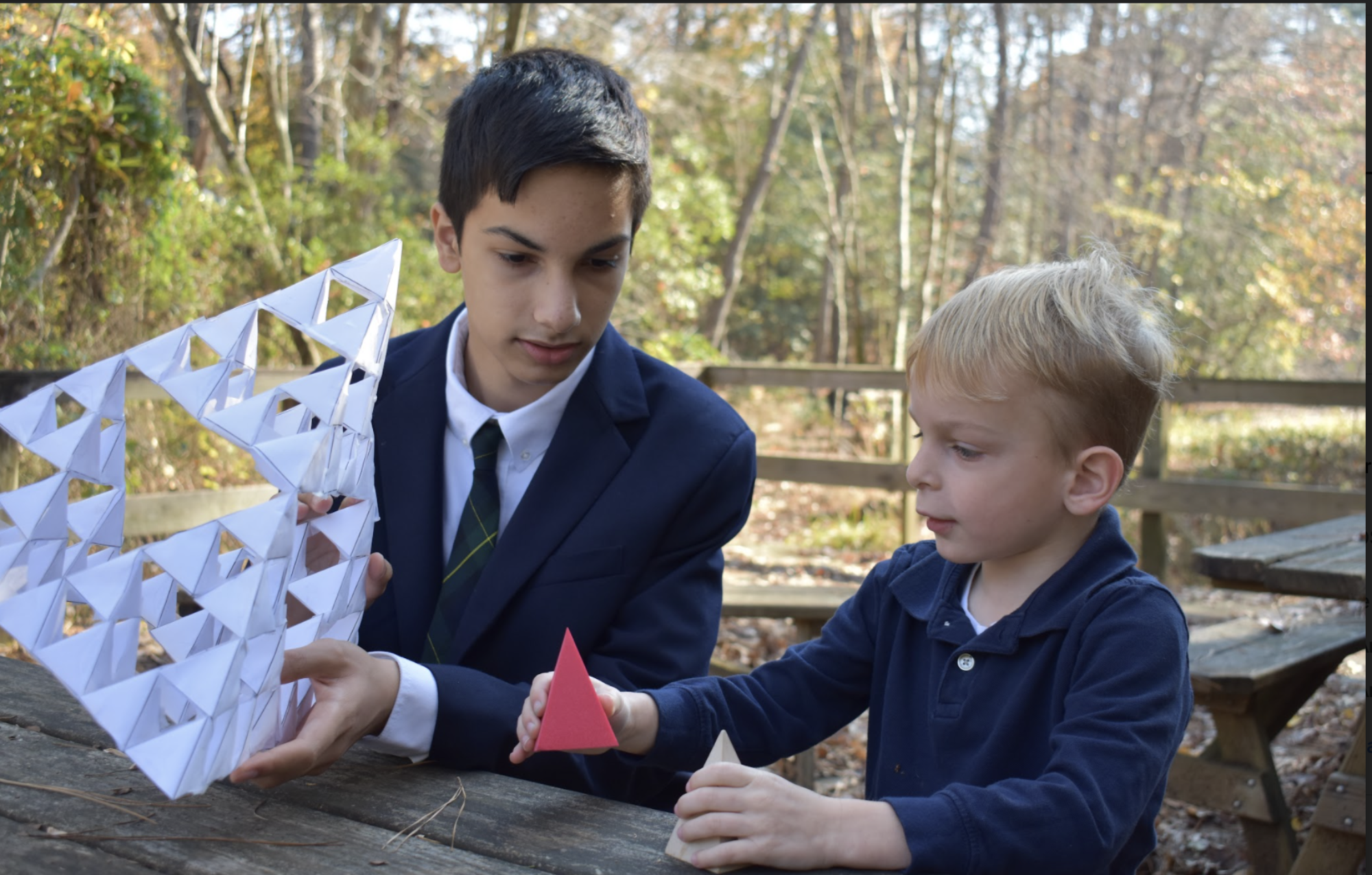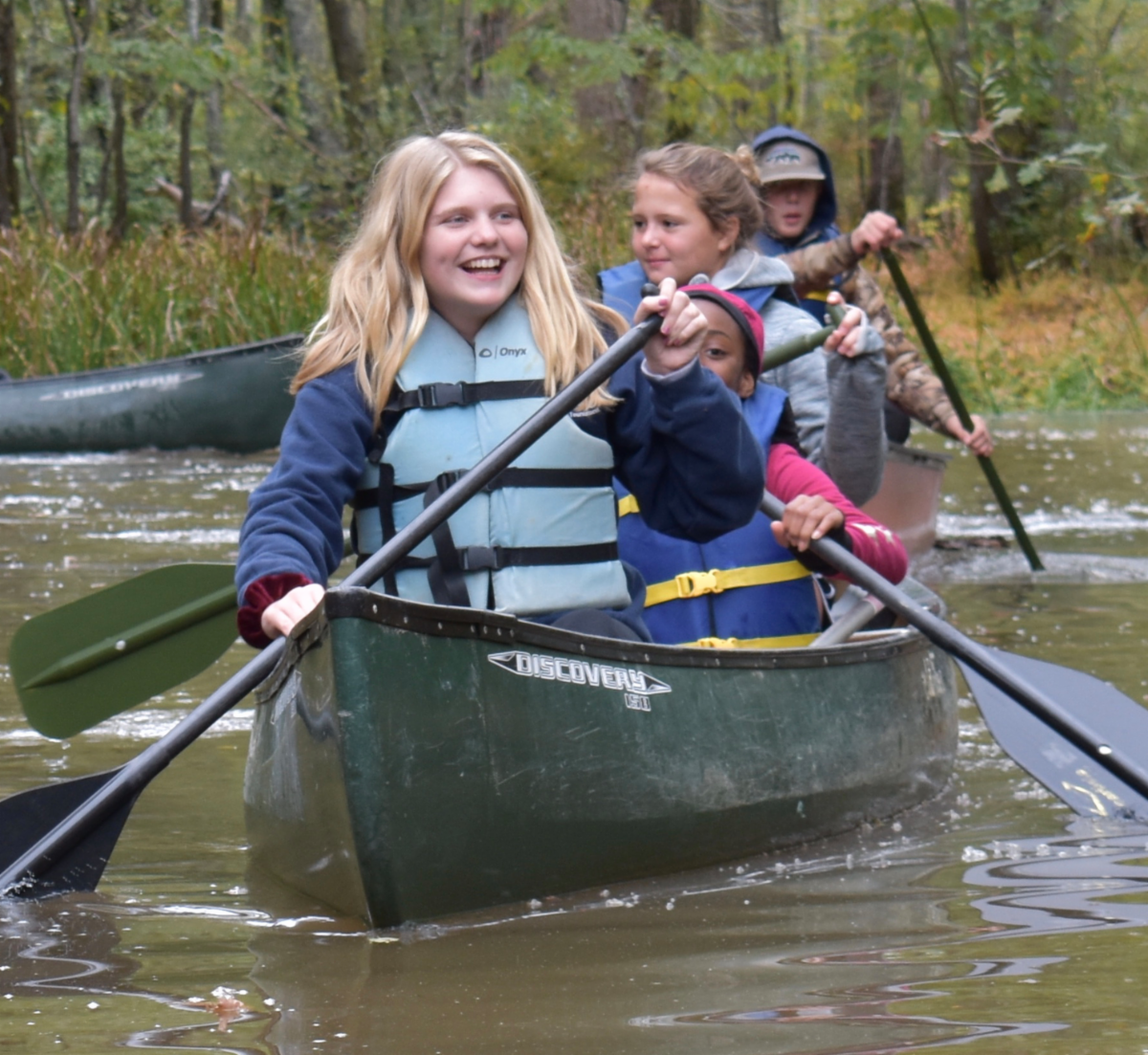 In Middle School at Chesapeake Academy, fifth through eighth graders build upon the skills of Lower School and to engage students’ curiosity in the world around them. As students learn content across the curriculum, they develop study skills and ways to problem solve in relevant, real world situations. They develop higher order thinking skills to synthesize information, evaluate materials, and create original responses to ideas. Curriculum and instruction make learning relevant as students apply content knowledge and skills to a variety of real world tasks. Classes are small and average around twelve students in each class, allowing for students and families to receive individualized attention and feedback over a student’s time in the Middle School.
In Middle School at Chesapeake Academy, fifth through eighth graders build upon the skills of Lower School and to engage students’ curiosity in the world around them. As students learn content across the curriculum, they develop study skills and ways to problem solve in relevant, real world situations. They develop higher order thinking skills to synthesize information, evaluate materials, and create original responses to ideas. Curriculum and instruction make learning relevant as students apply content knowledge and skills to a variety of real world tasks. Classes are small and average around twelve students in each class, allowing for students and families to receive individualized attention and feedback over a student’s time in the Middle School.
In Literature, students learn to read fiction and non-fiction critically, evaluating author’s themes and literary elements. Students perform frequently, whether poetry recitation, dramatic presentations, or informative pieces. To expand students’ abilities to communicate, Middle School students also take Writer’s Workshop, a class dedicated to the writing process and vocabulary development. Students learn formats for writing, vocabulary and grammar, and presentation skills. The course supports writing across the disciplines.
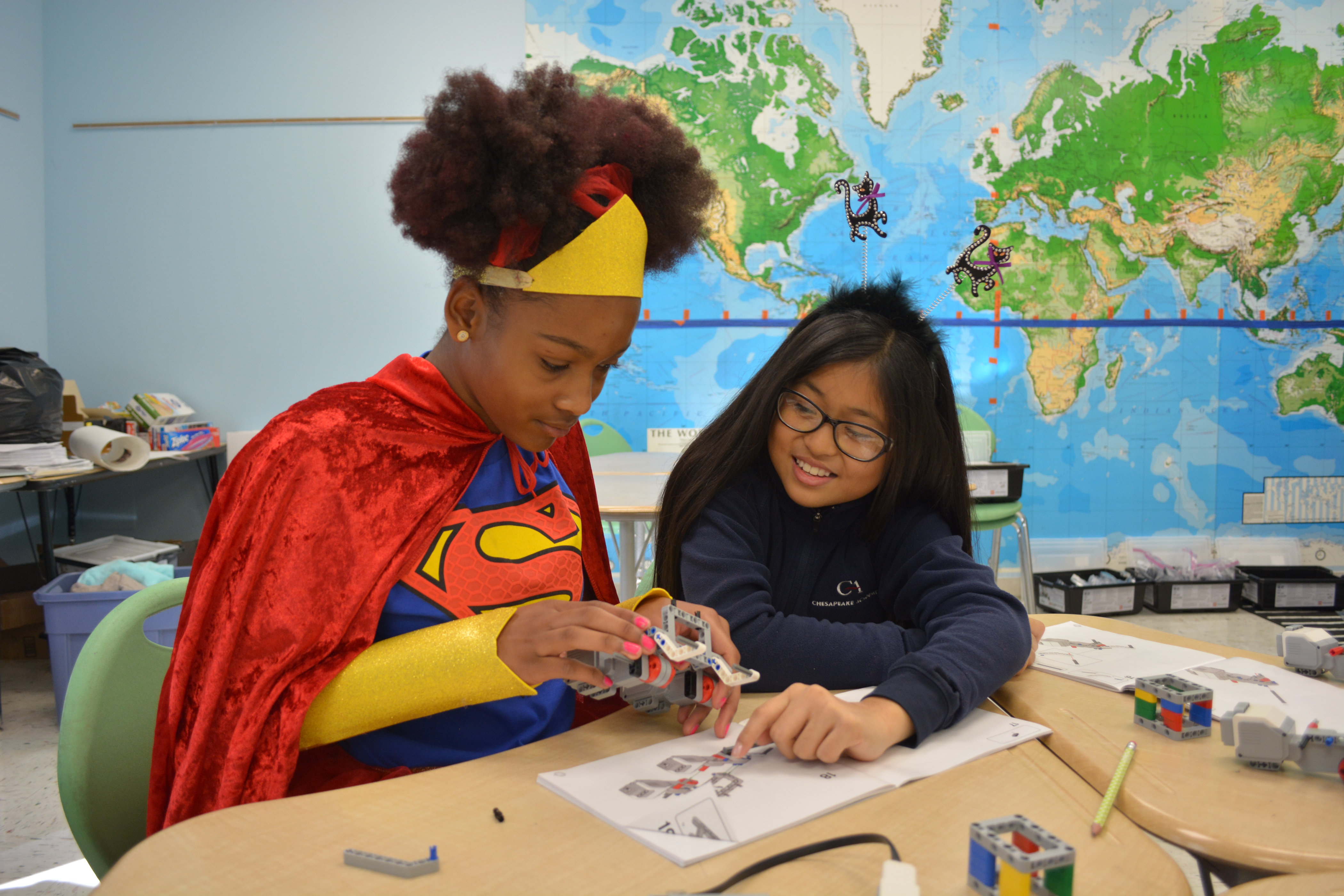 In Math courses, Middle School students develop mathematical thinking skills that allow them to apply content to new situations. Students take Pre-Algebra in 7th grade and Algebra I in 8th grade, for which they may receive high school credit. Science in Middle School is laboratory-based, with a focus on inquiry and investigation, core scientific concepts, and cross-disciplinary skills, Middle School students
In Math courses, Middle School students develop mathematical thinking skills that allow them to apply content to new situations. Students take Pre-Algebra in 7th grade and Algebra I in 8th grade, for which they may receive high school credit. Science in Middle School is laboratory-based, with a focus on inquiry and investigation, core scientific concepts, and cross-disciplinary skills, Middle School students explore physical, chemical, and biological sciences. STEAM (Science, Technology, Engineering, Art, Math) projects punctuate the curriculum in math and science. Students address real world problems and apply their mathematical and scientific thinking skills to a variety of issues. Connections with local institutions and field trips enrich the curriculum. With a week of Seacamp in the Florida Keys, the culminating science trip for 7th and 8th graders, students discover connections between the ecosystems of the Chesapeake Bay and the Florida Bay with work “in the field.”
explore physical, chemical, and biological sciences. STEAM (Science, Technology, Engineering, Art, Math) projects punctuate the curriculum in math and science. Students address real world problems and apply their mathematical and scientific thinking skills to a variety of issues. Connections with local institutions and field trips enrich the curriculum. With a week of Seacamp in the Florida Keys, the culminating science trip for 7th and 8th graders, students discover connections between the ecosystems of the Chesapeake Bay and the Florida Bay with work “in the field.”
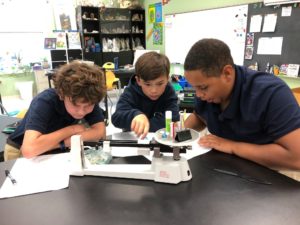 Social Studies courses in the Middle School help students understand the history and cultures of the world around them. In 5th grade, students are introduced to basics of geography. In 6th grade, students take Advanced Geography and World History, examining different regions of the world through in-depth investigations on important current events. Seventh graders study US History, where they investigate how the American experience has progressed and transformed for a variety of groups in our history. Eighth graders apply their prior knowledge of geography and history to an integrated US government and literature course entitled The Individual and Society.
Social Studies courses in the Middle School help students understand the history and cultures of the world around them. In 5th grade, students are introduced to basics of geography. In 6th grade, students take Advanced Geography and World History, examining different regions of the world through in-depth investigations on important current events. Seventh graders study US History, where they investigate how the American experience has progressed and transformed for a variety of groups in our history. Eighth graders apply their prior knowledge of geography and history to an integrated US government and literature course entitled The Individual and Society.
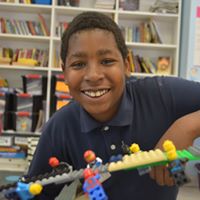 Seventh and 8th graders take a Washington, DC trip in alternate years to investigate the concept of freedom and civil rights. Middle School students learn principles of economics and financial literacy through participation in Mini-Economies at Virginia Commonwealth University, the Vault program, and Junior Achievement.
Seventh and 8th graders take a Washington, DC trip in alternate years to investigate the concept of freedom and civil rights. Middle School students learn principles of economics and financial literacy through participation in Mini-Economies at Virginia Commonwealth University, the Vault program, and Junior Achievement.
As an independent school, Chesapeake Academy is able to infuse academic instruction with a social and ethical curriculum aimed at developing independent, competent students who demonstrate integrity in their actions and interpersonal relationships.
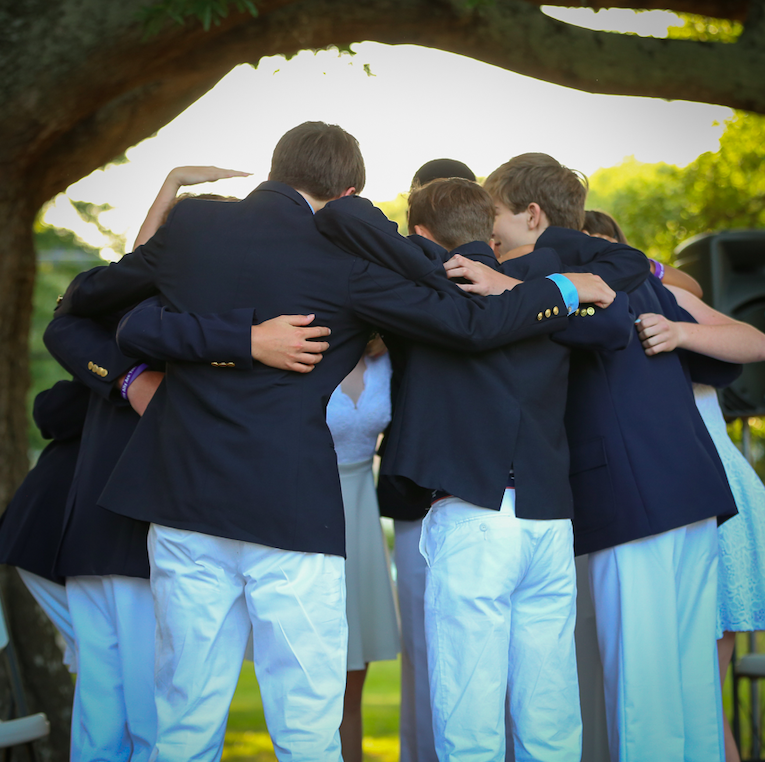
In the Middle School, the study of world languages becomes more structured and academic. Fifth graders continue to build their knowledge of conversational Spanish, while sixth graders study Latin in order to build their language fluency in English as well as Latin-derived languages. Seventh and eighth graders complete Spanish I over the course of two years, prepared to go to Spanish II in high school.
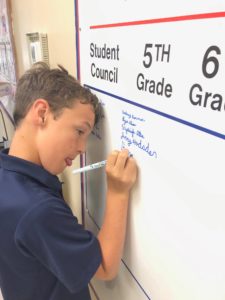
In addition to the academic content in Middle School, the Chesapeake Academy experience is enriched by the integration of the Arts (art, performance, music, arts & innovation), physical education, health, and technology instruction into daily life. Weekly art, arts & innovation, performance, and music classes allow students to express concepts in unique ways and to perform and present their work for larger audiences. Tone chimes instruction is available for all Middle School students in addition to weekly music classes. Through PE classes 3 times a week, students develop physical fitness, self-confidence, and a love of games and athletics. Middle School students take health class weekly to increase their knowledge of health issues and their abilities to make positive decisions. Students use technology throughout the curriculum to increase their keyboarding skills, research skills, and abilities to use multimedia effectively.
Middle School Advisory
Each Middle School student is assigned a faculty advisor with whom he or she meets weekly. The Middle School advisor is an adult advocate with the opportunity and responsibility to know and support individual students. Advisory groups are single gender and multi-age “families” with an eighth grade leader. 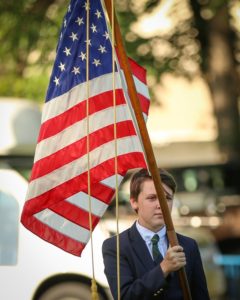 Advisory families stay together for the duration of Middle School, as students grow up in their advisory group and ultimately become the leader of the student group. Advisory groups focus on issues that relate to students in their role as individuals, learners, and members of the community. Through the advisory curriculum, students develop and maintain an online portfolio that aids in self-understanding. Middle School students use the portfolio and guidance from the advisor to lead their own parent conferences to reflect on achievements and set goals. In addition, advisory groups work on service projects, competitions, and other activities to build group cohesion, a sense of purpose, and fun in the Middle School.
Advisory families stay together for the duration of Middle School, as students grow up in their advisory group and ultimately become the leader of the student group. Advisory groups focus on issues that relate to students in their role as individuals, learners, and members of the community. Through the advisory curriculum, students develop and maintain an online portfolio that aids in self-understanding. Middle School students use the portfolio and guidance from the advisor to lead their own parent conferences to reflect on achievements and set goals. In addition, advisory groups work on service projects, competitions, and other activities to build group cohesion, a sense of purpose, and fun in the Middle School.
4th-5th Grade Bridge to the Middle School
Our unique 4th and 5th grade program is designed to help students successfully “bridge” the transition from Lower School to Middle School over a two year period of time. These students work with a core group of teachers for the academic curriculum to ease the transition into Middle School. The students develop the time management skills and individual responsibility needed to perform well with the increased expectations in the Middle School. Fourth graders serve as safety patrols for the Lower School, learning leadership skills and responsibility. Fifth graders are fully integrated in the life of the Middle School, participating in social activities and Student Council responsibilities.
Activity Period
Each marking period, faculty members and community volunteers offer a selection of clubs and learning opportunities for our 3rd-8th graders. Students choose among a variety, including but not limited to drama, photography, sculpture, knitting, cooking, STEAM challenges, bicycling, and community service. Students make different selections each marking period so that they can try new things throughout the year.
 Technology and Innovation
Technology and Innovation
Students at Chesapeake Academy develop their technology skills while engaged in instructional activities on a regular basis. Chesapeake Academy is home to MacBook mobile laptop carts for student use. The Middle School is one-to-one, with students each having a MacBook Air assigned to them for use throughout the school day. Teachers and students take technology where it is most effectively used, whether in the academic classroom, the art room, or even outside. From using mind-mapping software to collaborative online tools for publishing, discussing, and evaluating work, students and teachers use technology to extend learning across the curriculum. In addition to learning how to use multimedia programs and online websites, students also learn to use technology safely and ethically in our connected world.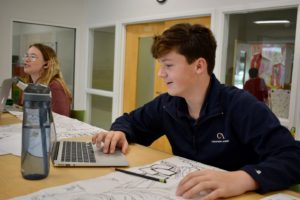
With the new Arts & Innovation Hub, Chesapeake Academy students combine hard technology skills with design and self-expression skills. Through five selected integrated skills (video/audio engineering, CAD modeling and 3D design, basic construction, robotics and computer coding, and textile arts), students have opportunities to create new ideas and products that support academic work across disciplines.
